LCS Laboratory Inc. has developed an advanced air sampling method to evaluate Time Weighted Average (TWA) mould spore concentration in air, based on the NIOSH 7400 method. This method is designed to provide precise and consistent measurements of mould exposure, essential for workplace safety and environmental assessments.
Purpose of the Service:
Mould spore concentration levels can vary over time, and traditional methods may not capture long-term exposure trends accurately. Our TWA sampling technique is specifically designed to measure average mould concentrations over extended periods, ensuring a comprehensive understanding of mould exposure in environments such as workplaces, residential areas, or industrial sites.
Technical Details of Our Service:
LCS Laboratory Inc. uses a reliable and efficient sampling procedure to collect mould spores in the air:
- Sampling Method: Mold spores are collected using 25mm conductive cowl cassettes, also known as “PCM” cassettes, with a high-efficiency 0.8-micron pore size MCE membrane. The flow rate ranges from 1 to 14 L/min, with samples collected up to 1000L of air.
- Sensitivity: The typical reporting limit is 100 mould spores per sample, which translates to 100 spores/m³ for a 1000L air sample. A collection period of 4-8 hours ensures sufficient sensitivity for accurate results.
- Analytical Procedure: The MCE filter is cleared, the specimen is stained with lactophenol blue, and spore counts are performed under a light microscope at 400x magnification. This proprietary procedure is exclusive to LCS Laboratory Inc.
- Sampling Methodology: To ensure accurate results, samples should be collected “open face” to achieve a uniform distribution of mould spores on the filter.
Advantages of the TWA Mold Spore Method:
- Accurate Long-Term Exposure Measurement: The method is specifically designed to measure TWA mould concentration, providing reliable data over extended periods.
- Not Affected by Short-Term Fluctuations: Unlike methods sensitive to rapid fluctuations, this approach offers a more stable assessment of mould concentration.
- Standard Equipment Compatibility: The method uses standard PCM cassettes and portable personal sampling pumps, making it widely accessible and easy to implement.
- Ideal for Personal Exposure Assessment: The method is well-suited for personal exposure monitoring, ensuring that individuals’ long-term mould exposure is accurately assessed.
Disadvantages of the TWA Mold Spore Method:
- Non-Standard Method: This method is proprietary to LCS Laboratory Inc. and not widely adopted as a standard method.
- Not Suitable for Short-Term Exposure Limits (STEL): This method is designed for TWA concentration analysis and is not appropriate for short-term exposure monitoring.
Contact Us for Mold Spore Sampling Services:
For accurate TWA mould spore sampling or to discuss your specific project requirements, please contact LCS Laboratory Inc. at your convenience. Our team is here to assist you with expert analysis and reliable testing solutions.


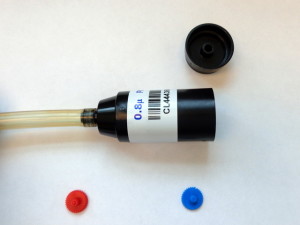
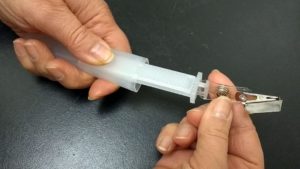

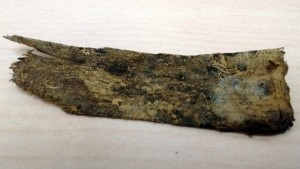

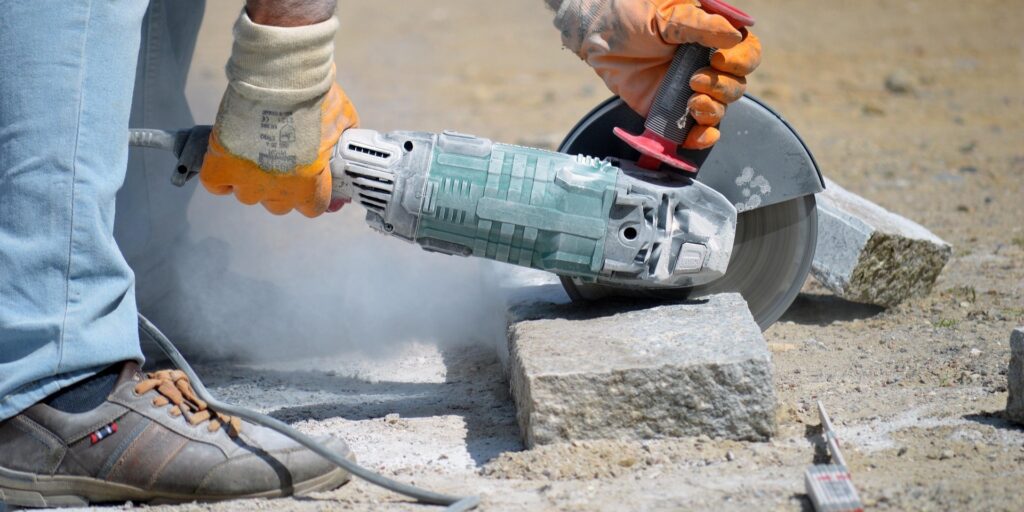
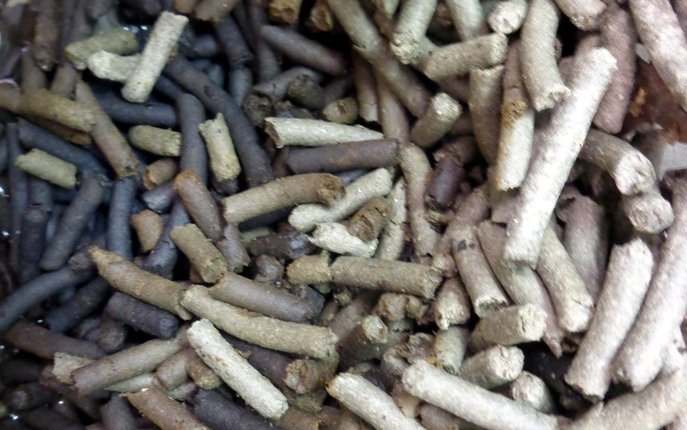

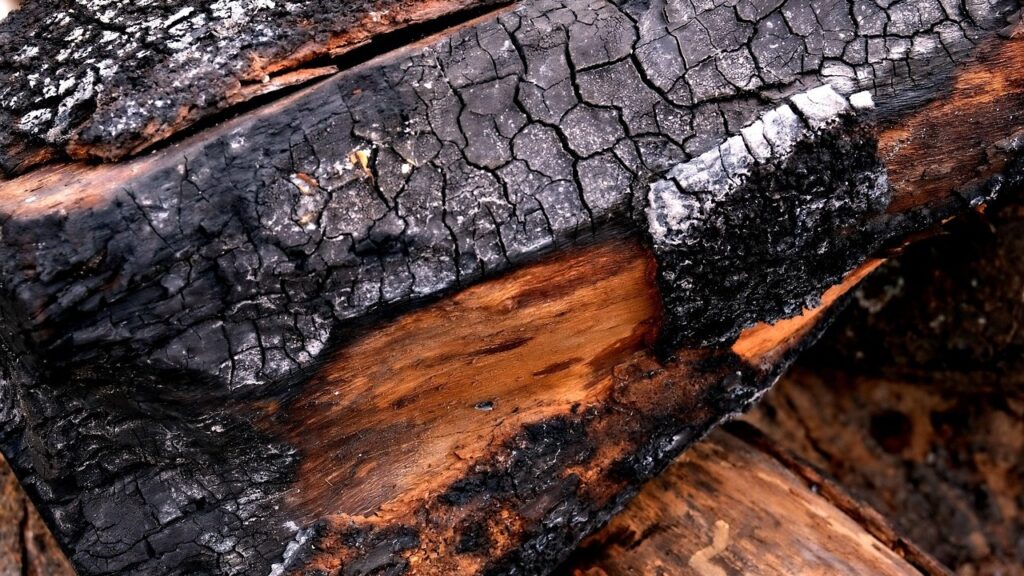
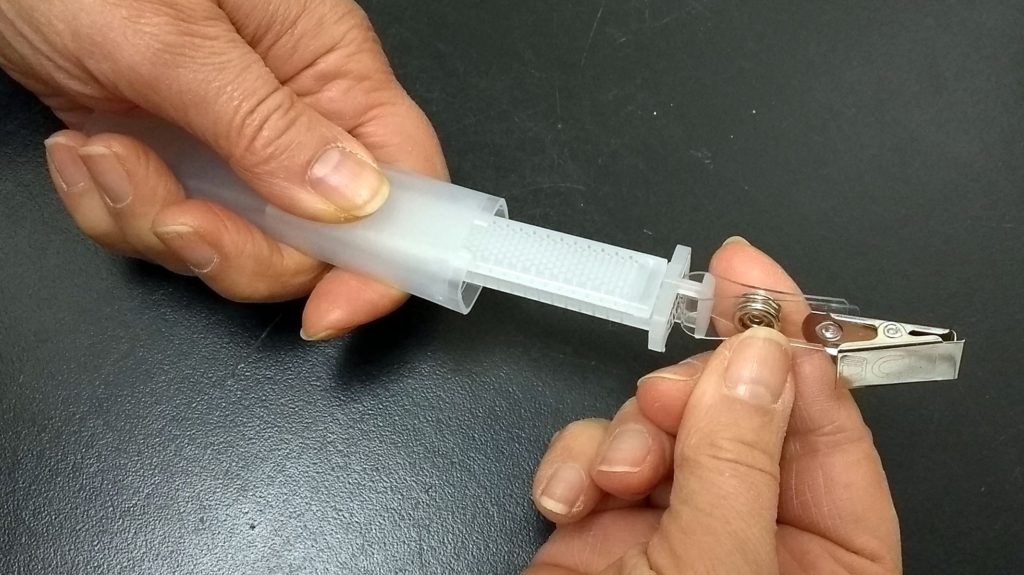
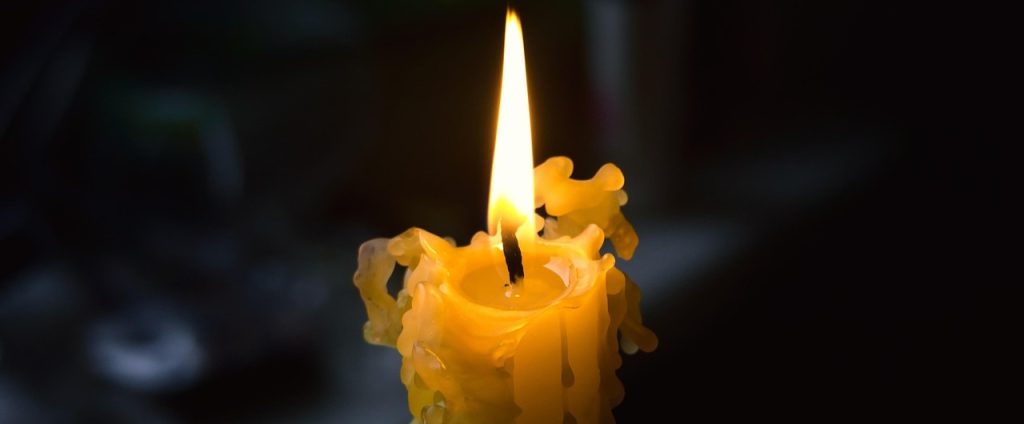
3 Responses
I would like to discuss your use of the 7400 method for the collection of mold spores. I have been promoting it for 15 years. Congratulations. It is a method I teach.
Hello Dr. Spurgeon. Thank you for your kind comment. We also believe that this technique can find its users. We are planning to use similar approach for personal/TWA sampling of pollen.
Sincerely yours
Stepan Reut Ph.D.
Hi Stepan. Been using this method for over 15 years with the Bi-Air filter cassette; two AIHA journal publications. Check http://www.expertonmold.com for articles. Works very well, and accepted by courts. Would like to support your efforts in any way possible. In classes, there seems to be a grassroots understanding that current methods “don’t work”; but this position is not shared by IAQ “management”. Would appreciate any communication thru e-mail: jospur46@gmail.com. Would like to send you some attachments.
Joe